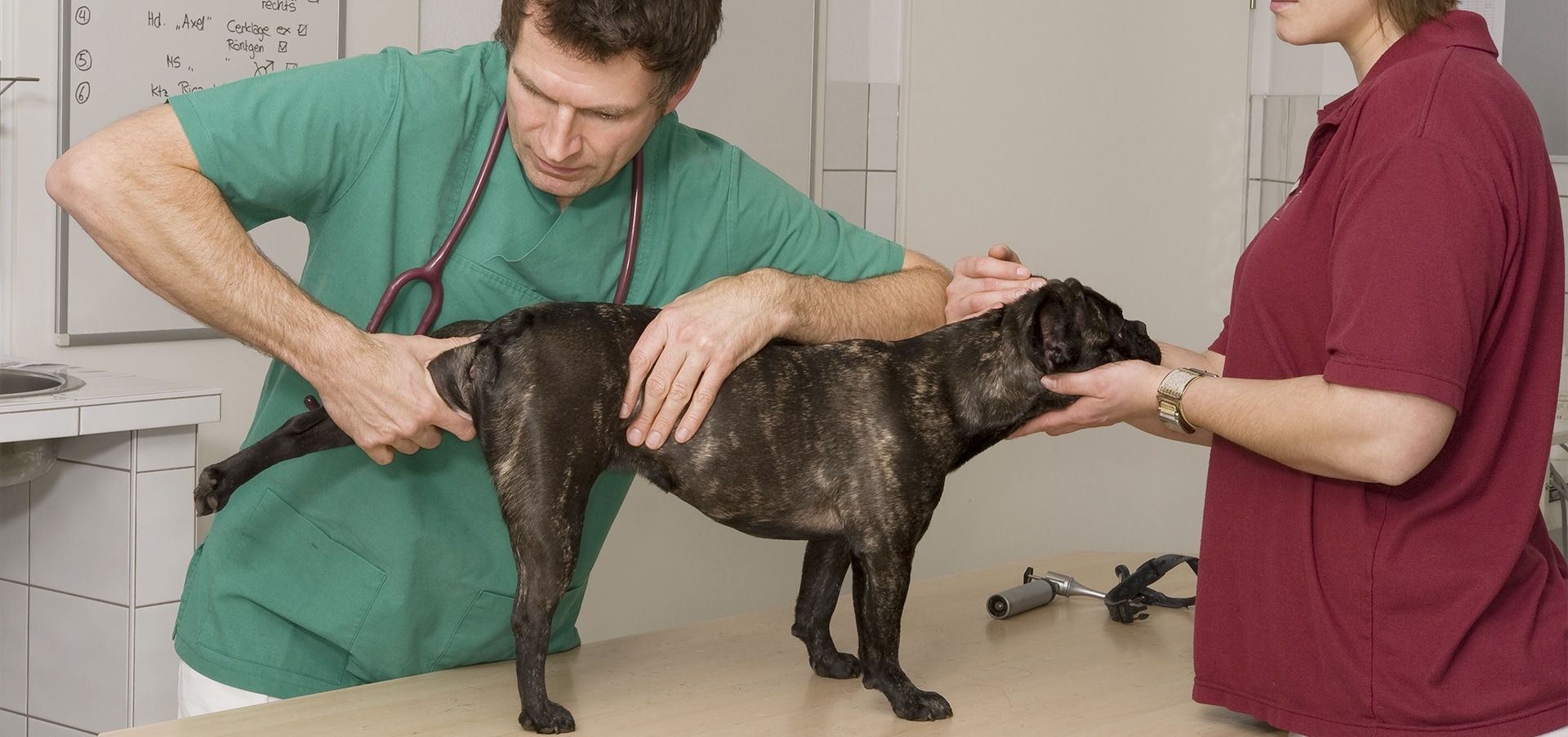Introduction:
Dog hip dysplasia is a common orthopedic condition that can cause pain and mobility issues in affected dogs. In this comprehensive article, we will explore the cost factors associated with hip dysplasia surgery in dogs. Understanding the financial considerations of canine hip dysplasia treatment is crucial for pet owners to make informed decisions about their dog’s healthcare. By delving into the topic, we aim to provide clarity and insights into the expenses involved in hip dysplasia surgery for dogs.
Dog Hip Dysplasia Surgery Cost: Factors to Consider:
When contemplating dog hip dysplasia surgery, several factors influence the overall cost. These include:
- Type of Surgery:
The specific surgical procedure recommended by the veterinarian will significantly impact the cost. Common surgical options for hip dysplasia include femoral head ostectomy (FHO), total hip replacement (THR), or triple pelvic osteotomy (TPO).
- Geographic Location:
The cost of veterinary services can vary depending on the region and local market factors. Urban areas and regions with higher living costs tend to have higher veterinary fees.
- Veterinary Expertise and Reputation:
The experience and reputation of the veterinary surgeon performing the procedure may influence the cost. Highly skilled and renowned surgeons may charge higher fees for their expertise.
- Pre-surgical Diagnostic Tests:
Before surgery, diagnostic tests such as X-rays, blood work, and physical examinations are necessary to assess the dog’s condition and determine the most appropriate surgical approach. These tests contribute to the overall cost.
- Anesthesia and Medications:
The use of anesthesia during surgery and the required post-operative pain medications are additional cost factors to consider. The type and quantity of medications needed can vary based on the dog’s size and specific requirements.
- Hospitalization and Aftercare:
The duration of hospitalization following surgery and the level of aftercare provided by the veterinary clinic will impact the overall cost. Post-operative care, including medication, bandage changes, and follow-up appointments, may incur additional charges.
- Rehabilitation and Physical Therapy:
Rehabilitation and physical therapy play an essential role in the recovery process after hip dysplasia surgery. The cost of these additional services, such as hydrotherapy or acupuncture, should be considered.
Recommended:
- Petco Review: The Power of Together
- PetSmart Review: Where Pets Inspire Us
- Hill’s Pet Nutrition Review: Pioneering Pet Health and Nutrition
- Royal Canine Review: Tailored Nutrition for Every Pet
- Chewy Review: Pet Care at Your Doorstep
The Range of Dog Hip Dysplasia Surgery Cost:
The cost of dog hip dysplasia surgery can vary significantly depending on the factors mentioned above. On average, the cost of FHO surgery can range from $1,000 to $3,000 per hip. Total hip replacement surgery, considered a more advanced procedure, can cost between $5,000 and $10,000 per hip. Triple pelvic osteotomy, a procedure primarily performed on younger dogs, may range from $3,000 to $6,000.
It is important to note that these figures are estimates, and actual costs may differ based on individual circumstances, geographical location, and the specific veterinary clinic.
Financial Considerations and Planning:
When considering hip dysplasia surgery for a dog, it is crucial to plan and budget for the associated costs. Here are some financial considerations to keep in mind:
- Pet Insurance:
Having pet insurance coverage can significantly help offset the costs of hip dysplasia surgery. However, it is essential to review policy terms and coverage limitations to ensure the procedure is covered.
- Veterinary Financing Options:
Some veterinary clinics offer financing options or payment plans to assist pet owners in managing the cost of surgeries. Inquire about such options and evaluate their terms and interest rates.
- Saving in Advance:
Planning ahead and setting aside funds specifically for potential medical expenses, including hip dysplasia surgery, can help alleviate the financial burden when the need arises.
- Seek Multiple Estimates:
Obtaining estimates from different veterinary clinics can provide a better understanding of the range of costs associated with hip dysplasia surgery. It also allows for comparison of services offered and helps make an informed decision.
Conclusion:
Dog hip dysplasia surgery is a significant financial investment for pet owners. Understanding the factors that contribute to the cost and planning accordingly can help manage the financial aspect of canine hip dysplasia treatment. By considering the type of surgery, geographic location, veterinary expertise, diagnostic tests, medications, hospitalization, rehabilitation, and physical therapy, pet owners can make informed decisions about their dog’s healthcare. Remember to consult with a veterinarian to assess the specific needs of your dog and discuss the associated costs and available financial options.
References:
- Boudrieau, R. J. (2010). Total hip replacement in dogs. Veterinary Clinics: Small Animal Practice, 40(1), 111-125.
- DeCamp, C. E. (2017). Canine hip dysplasia: Diagnosis, treatment, and prevention. Veterinary Clinics: Small Animal Practice, 47(5), 957-973.
- Marcellin-Little, D. J., & DeYoung, D. J. (2017). Triple pelvic osteotomy. Veterinary Clinics: Small Animal Practice, 47(3), 617-631.
- Smith, G. K., & Mayhew, P. D. (2017). Hip dysplasia: Diagnosis, genetics, and management. Veterinary Clinics: Small Animal Practice, 47(5), 937-953.



